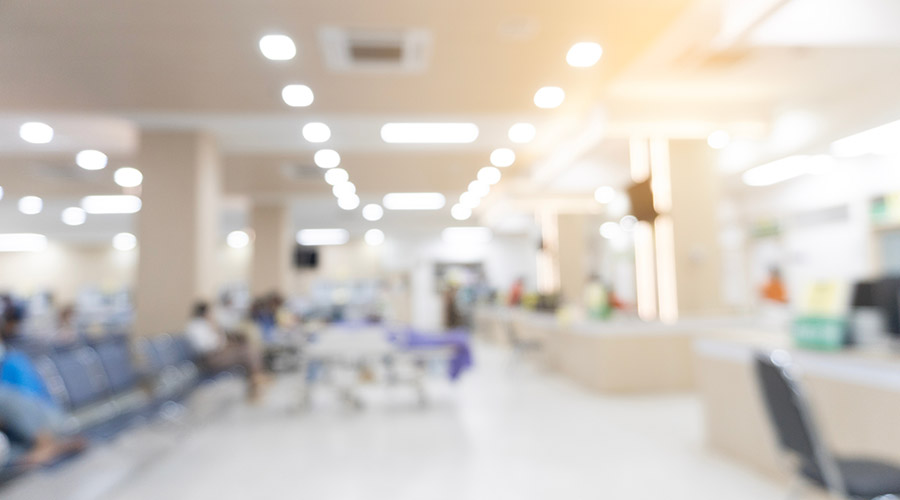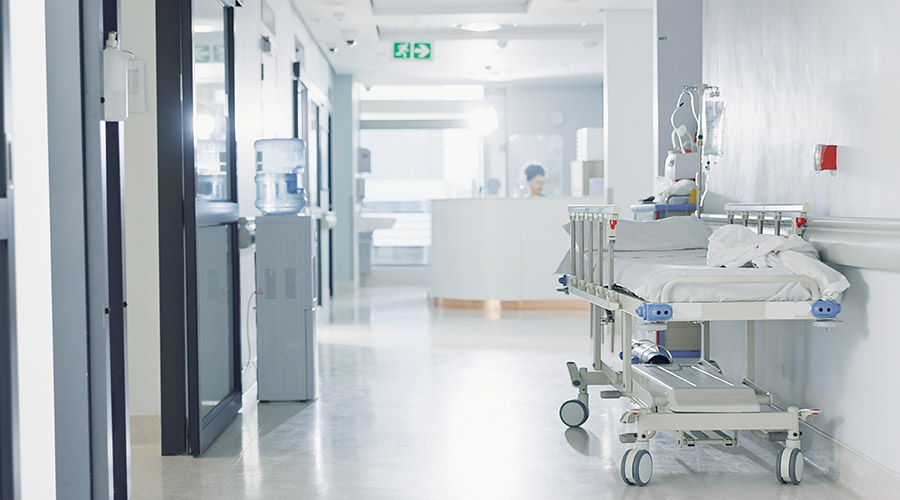DocASAP, provider of the most advanced patient access and engagement platform for health systems, health plans and physician groups, today released the findings of the first annual “State of Patient Access and Engagement” survey. Aiming to better understand patients’ preferences, frustrations and expectations when accessing care and engaging with health plans and healthcare providers, the survey, conducted by OnePoll and commissioned by DocASAP, shows that patients want more digital, frictionless access to healthcare across the U.S.
Patients Want Convenient Access to Care on Their Terms
In today’s Amazon-driven world, consumers expect a convenient, on-demand, end-to-end, seamless experience, leaving no exceptions for healthcare. In fact, 84% of survey respondents indicated that scheduling an appointment outside of business hours is “somewhat to very important” to them.
With the rise in patient consumerism, convenience has become a higher priority than provider loyalty when it comes to accessing care. When asked in a multiple-answer question, “if your primary care doctor was available when you wanted care, would you still consider using another care option,” survey results show that 90% of respondents would still consider an alternative option. Top alternative choices include phone consultation (50%), a different doctor within the practice (47%), a video consultation (45%), urgent care (45%) and/or a walk-in retail clinic (44%).
When it comes to getting care, patients are no longer patient. When asked “what is the longest time a patient would prefer to wait between scheduling a routine doctor's appointment and visiting the doctor,” the survey results reveal:
• Overall, 80% of respondents would prefer to wait no more than two weeks to visit the doctor.
• 54% of Americans prefer to see a doctor within 7 days, followed by 26% of Americans that selected 8-14 days
• Broken down by age, most young millennials (ages 18-24) prefer to wait no more than 4-7 days.
• Whereas, generation Xers (ages 35-54) prefer 8-14 days and baby boomers (ages 55+) prefer 0-3 days.
Reality Check: Patients Are Missing Care
As the survey shows, a majority of respondents (53%) mentioned they had missed a healthcare provider or hospital appointment in the last year. Broken down by gender, more men (58%) than women (48%) had missed a healthcare provider/hospital appointment in the last year. When asked, “if you ever delayed or put off visiting a doctor because it was too difficult to schedule the appointment,” a majority of respondents (54%) said “yes.”
Looking to identify the most challenging aspects of scheduling care with a provider, through a multi-answer question, survey results reveal:
• 49% selected “I have to wait a long time to see a doctor after I've scheduled an appointment
• 43% selected “I can only schedule an appointment during business hours.”
• 42% selected “It takes too long to schedule an appointment by phone.
• 41% selected “My doctor isn't available at the time I need care.”
• 39% selected “I would like to schedule care online, but there isn't a convenient option.”
Health Plans More Popular than Google for Finding a Provider
Health systems and provider groups focus heavily on their search engine and social media strategies, but it may be even more critical for health systems and providers to leverage health plan/payer partnerships and their digital experiences to connect with new and returning patients. For instance, when asked through a multiple-answer question, “how do you tend to search for a healthcare provider,” survey results reveal:
• 55% selected doctor’s recommendation.
• 52% selected healthcare provider’s website.
• 51% selected family/friend recommendation.
• 47% selected health plans.
• 41% selected Google/other search engines.
• 35% selected social media.
In addition, when asked in a multiple-answer question, “have you ever used a health insurance plan's app or website to do any of the following,” 57% had used it to search for a healthcare provider, 57% to schedule an appointment and 58% to check on costs for a procedure or a doctor’s visit. Only 11% have never used a health insurance plan app or website.
Digital Communications Becoming the “New Norm” for Patient Engagement
Modernizing and enhancing patients’ access to care often means adopting digital tools and omnichannel access strategies. However, patients differ on channel preferences for communicating with their healthcare provider.
For example, when asked “what is your preferred method for receiving an appointment reminder for a scheduled healthcare visit,” the survey results show that:
• 52% selected digital methods (i.e., email or text message) versus 33% who selected the traditional method (i.e., phone call).
• Broken down by age, email is the preferred method for receiving an appointment reminder for ages 18-24 and ages 45-54.
• Text message is the preferred method for receiving an appointment reminder for ages 18-24 and ages 25-34.
When asked “how would you prefer to receive a post-appointment communication from a healthcare provider,” the survey results reveal that:
• 58% selected digital methods (i.e., email, text message, online portal or mobile app) versus 31% who selected the traditional method (i.e., phone call).
• For ages 18-24, email (29%) is the preferred method for receiving a post-appointment communication from a healthcare provider.
“These survey results are yet another example of the need to meet patient demands for accessing care and engaging with healthcare organizations in ways that are convenient and timely,” said Puneet Maheshwari, co-founder and CEO of DocASAP. “Looking ahead to 2020 and beyond, health systems and health plans need to invest in technology designed to optimize access to care for patients and health plan members. Leading organizations will focus on navigating patients to the right provider and care setting at the right time and leveraging digital tools to engage them throughout their entire healthcare journey.”
To learn more about DocASAP’s 2019 “State of Patient Access and Engagement” survey:
· Download the infographic here
Survey Methodology
Commissioned by DocASAP, the “State of Patient Access and Engagement” survey was conducted by OnePoll, a marketing research company specializing in online quantitative research and polling, between Oct. 3-8, 2019. Feedback was obtained from more than 1,000 U.S. adults who have used a healthcare provider in the last 12 months.
For more information, visit http://docasap.com or follow on Twitter @DocASAP.
 Healthcare Real Estate: Challenges and Industry Shifts for 2025
Healthcare Real Estate: Challenges and Industry Shifts for 2025 Geisinger to Build $32 Million Cancer Center in Pennsylvania
Geisinger to Build $32 Million Cancer Center in Pennsylvania Sunflower Medical Group Experiences Data Breach
Sunflower Medical Group Experiences Data Breach Strategies to Eradicate Biofilm Containing C. Auris
Strategies to Eradicate Biofilm Containing C. Auris Man Attacks Nurses, Police Officer at Jefferson Hospital
Man Attacks Nurses, Police Officer at Jefferson Hospital